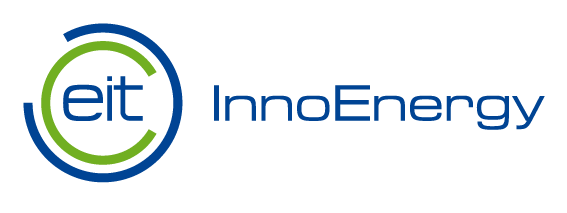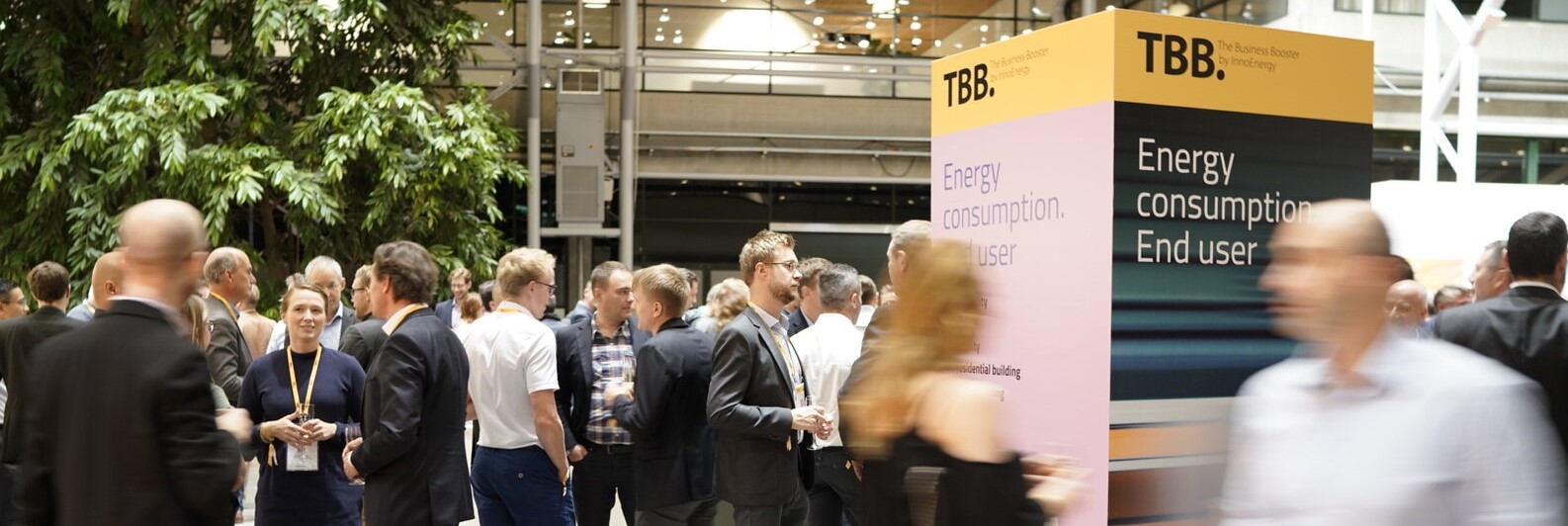The 3 ways “digital-first learning” is shaping sustainable energy education

The COVID-19 crisis has certainly played a part in the latest evolution of education to digital learning; however, the trend was already heading there. Today’s students live a digital life, so the future of learning needs to be designed with this in mind. As a student, you want digital sessions that go far beyond just sitting in your room listening to PowerPoint lectures online. You want true engagement! These are the three ways in EIT InnoEnergy foresees a “digital-first learning” approach is going to shape your sustainable energy education to achieve this:
Going beyond Zooming and MOOCing
During the last months, universities were forced online – which was fine to face the immediate challenge; however, it’s time to think about how things should evolve from here. As Prof. dr. Frank Gielen, EIT InnoEnergy Education Director, explains: “This type of emergency remote teaching is not to be confused with high-quality delivery of digital learning activities, which is the goal of our Master’s programmes. It’s time to take advantage of years of research on quality online and blended learning. Digital-first design will improve the overall quality of a course as it implies the application of sound, proven pedagogical principles – going well beyond Zooming and MOOCing.”
A sharper focus on autonomous learning
Digital platforms provide a unique environment, where students have the power to regulate their own learning activities. This creates a new opportunity – to design digital-first learning that engages and motivates. Anouk Gelan, Sr. Digital Learning Designer at EIT InnoEnergy, shares: “Online course designs need to foster active, autonomous learning for students – with many opportunities for practice, as well as integrated and automated feedback. Online learning environments are both synchronous and asynchronous communication channels, therefore well-suited as a space for learning. There are many amazing things a computer as learning environment can do in comparison with a lecture hall and we should make sure to integrate those in the learning design”
The perfect combination of digital-first + face-to-face
While the advantages of digital are clear, it is not the whole answer. We need to combine both online and traditional face-to-face course designs to create something new. Something better than what was before. As Prof. dr. Gielen explains, “Digital-first learning design means designing learning experiences by starting from the affordances of digital or online learning (such as self-paced learning, opportunities for practice, peer learning, immediate feedback), and then combining it with face-to-face education – designing the group time available for personalised and deeper learning via question and answer sessions, seminars and lab work.”
To be clear, digital-first learning does not mean designing for digital only. The goal is to offer a much broader range of learning activities than today – focusing the on-campus work to a be high added-value learning interactions to that which is done digitally. To tailor the learning experience to each learning modality, both digital and on-campus, and the unique features of each. EIT InnoEnergy Master School is dedicated to this next evolution of learning!

